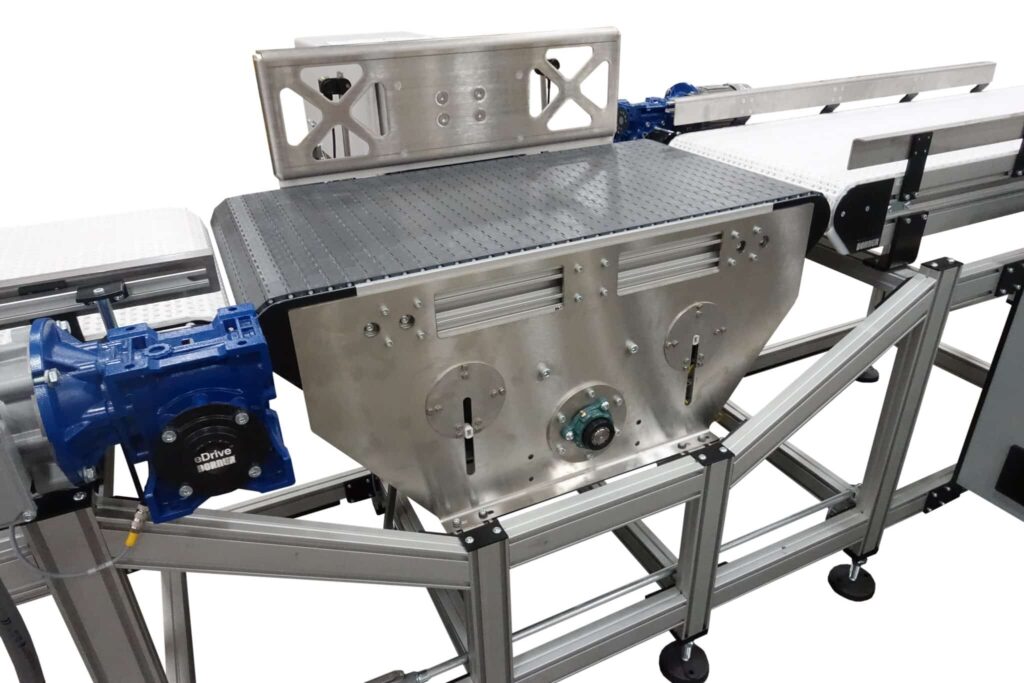What is an Industrial Conveyor System

An industrial conveyor system is a mechanized arrangement of components designed to transport materials, products, or goods from one location to another within a manufacturing or processing facility. These systems are widely used in various industries such as manufacturing, automotive, food and beverage, logistics, mining, and more. They play a crucial role in enhancing efficiency, reducing labor costs, and streamlining production processes.
Key components of an industrial conveyor system include:
- Conveyor Belt/Chain: This is the central element of the system, consisting of a continuous loop of material, typically made from rubber, fabric, metal, or plastic. The choice of material depends on the type of product being transported and the environmental conditions.
- Drive Unit: This includes motors, gearboxes, and power transmission systems that provide the necessary energy to move the conveyor belt. The drive unit’s power is adjusted based on the weight of the materials being transported and the required speed.
- Rollers and Pulleys: These are used to support and guide the conveyor belt along its path. Rollers help reduce friction and ensure smooth movement. Pulleys, often connected to the drive unit, provide the necessary tension and control the direction of movement.
- Support Structure: Frames and supports are used to hold the conveyor system in place and elevate it to a suitable height for material transfer. These structures are typically made from steel or aluminum.
- Control System: Modern conveyor systems are often equipped with programmable logic controllers (PLCs) or computerized control systems. These systems manage various aspects of the conveyor, including speed control, starting and stopping, synchronization with other equipment, and emergency shutdown procedures.
- Accessories: Various accessories can enhance the functionality of the conveyor system. Examples include sensors (proximity sensors, photoelectric sensors) that detect the presence of products, diverter gates that change the path of products, and weighing systems that measure the weight of materials as they move.
Industrial conveyor systems can be categorized into different types based on their configuration and application:
- Belt Conveyors: These use a continuous belt to move products. They are suitable for transporting a wide range of materials, from small components to bulk items like grains and minerals.
- Roller Conveyors: Roller systems use a series of rollers to move items. They are ideal for conveying heavy loads and are often used in warehouses and distribution centers.
- Chain Conveyors: Chains with attached slats or attachments are used to move products along a predetermined path. They are common in automotive and heavy industries.
- Screw Conveyors: These consist of a rotating helical screw that moves materials along a trough. They are useful for handling materials that are semi-solid or have a paste-like consistency.
- Bucket Elevators: These systems use buckets attached to a rotating belt or chain to vertically transport bulk materials like grains or powders.
Industrial conveyor systems offer benefits like increased efficiency, reduced manual labor, consistent material flow, improved safety, and reduced chances of product damage. However, designing and implementing an effective conveyor system requires careful consideration of factors such as the type of materials, desired throughput, layout of the facility, and safety regulations.
Metal Working Conveyor Systems